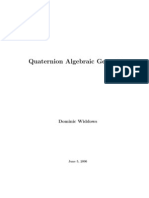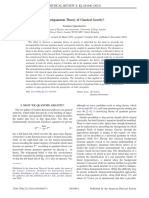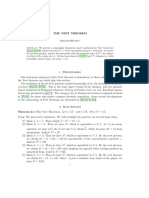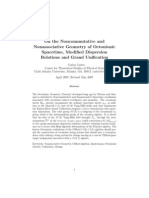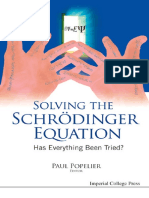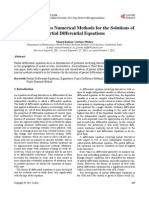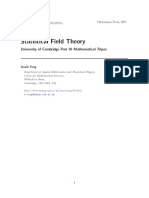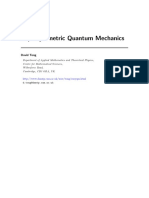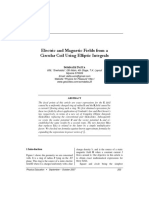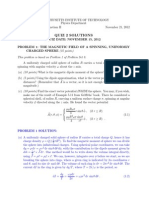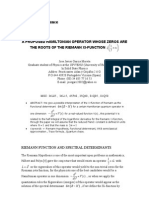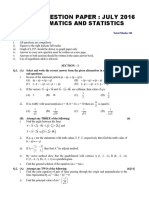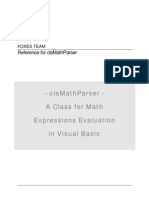100% found this document useful (1 vote)
1K views9 pagesEliptic Integrals, The Forgotten Functions
This document discusses elliptic integrals, which are integrals that cannot be expressed in terms of elementary functions. It presents ten useful elliptic integrals and provides examples of how they can simplify calculations in physics problems involving fields and potentials. Elliptic integrals commonly arise in relatively simple geometries in physics calculations.
Uploaded by
ginoCopyright
© © All Rights Reserved
We take content rights seriously. If you suspect this is your content, claim it here.
Available Formats
Download as PDF, TXT or read online on Scribd
100% found this document useful (1 vote)
1K views9 pagesEliptic Integrals, The Forgotten Functions
This document discusses elliptic integrals, which are integrals that cannot be expressed in terms of elementary functions. It presents ten useful elliptic integrals and provides examples of how they can simplify calculations in physics problems involving fields and potentials. Elliptic integrals commonly arise in relatively simple geometries in physics calculations.
Uploaded by
ginoCopyright
© © All Rights Reserved
We take content rights seriously. If you suspect this is your content, claim it here.
Available Formats
Download as PDF, TXT or read online on Scribd
/ 9
